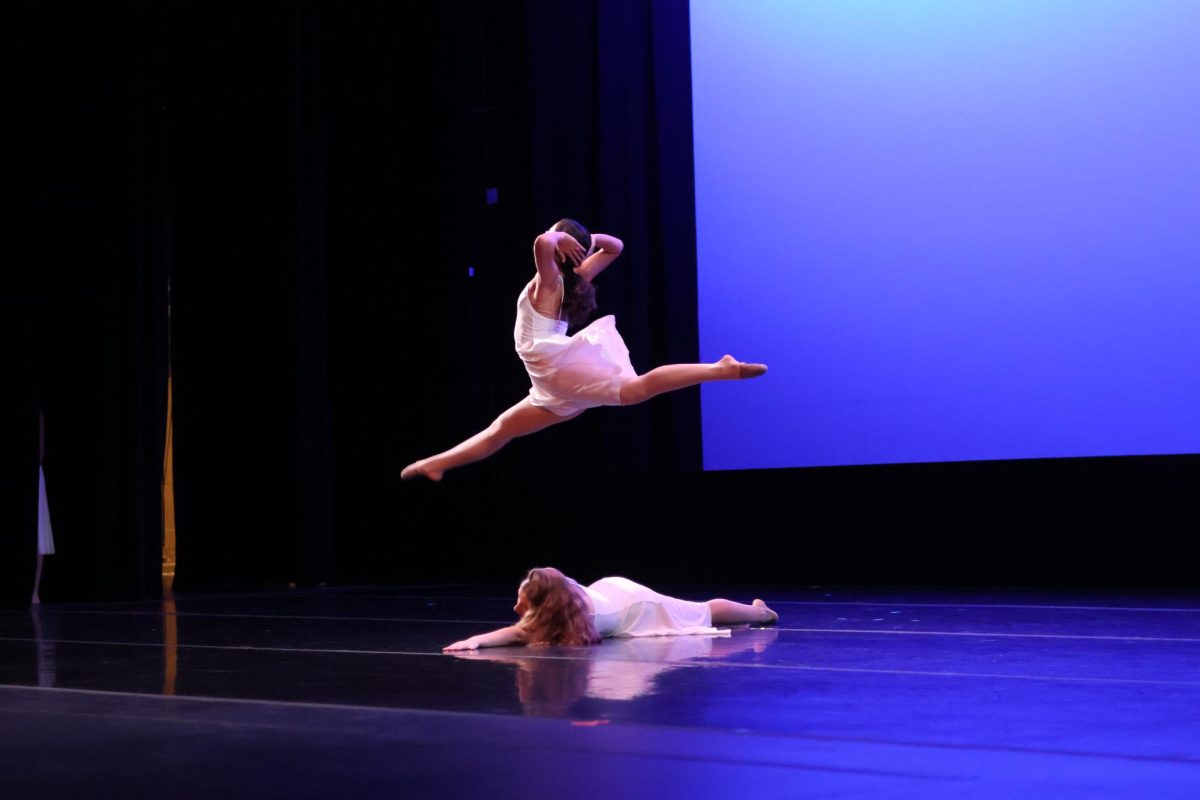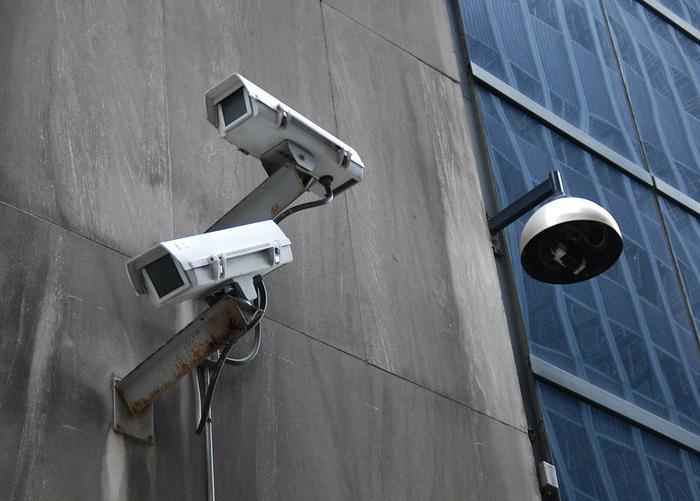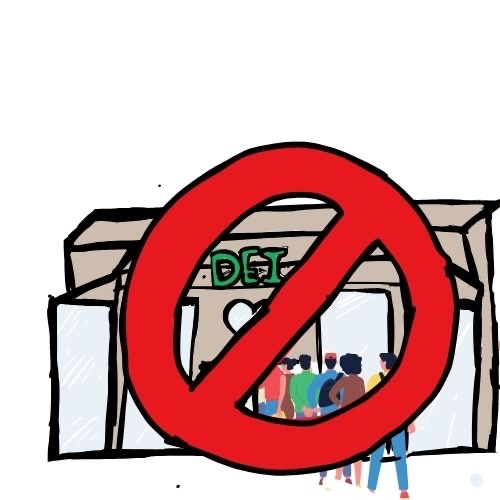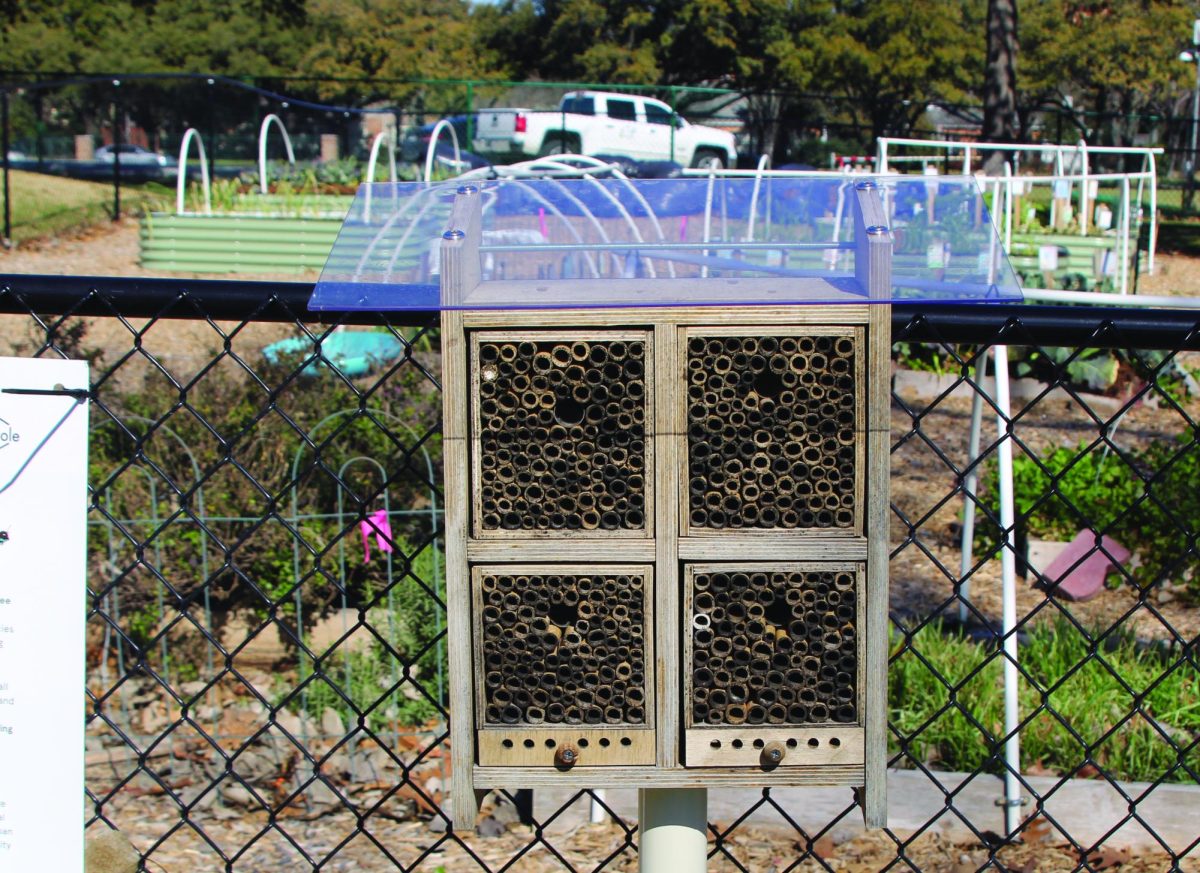//PICTURED ABOVE: Security cameras like these can be found in parking lots, the sides of buildings, parks and other public or private buildings.
With the rise in technology, China and the United States have expanded their use of security cameras and facial recognition. At the same time, states like Texas have removed red-light cameras. As the use of such technology increases, so do questions about its effectiveness and impact on privacy.
According to researchers, cameras were effective in decreasing the crime rate, but not in all areas. An experiment was conducted in Chicago where the city installed cameras in two neighborhoods, West Garfield Park and Humboldt Park. It was discovered that crime dropped in one area but not the other.
Lucio Benedetto, Upper School History Department teacher, said he is concerned about surveillance technology growth, including the devices people use in their own homes.
“On the one hand,” Benedetto said, “we have consumer tools like Alexa and Google Home that may well be listening not only to our voice commands to play Willie Nelson or check the weather, but also to our casual conversations to gather more data to improve their targeted sales and advertising algorithms.”
A New York Times article called China’s surveillance system “a virtual prison.” China has sophisticated technologies like apps that monitor a person’s phone, DNA collection and facial recognition tracking.
“China’s vast implementation of CCTV cameras – 200 million as of 2018, that’s one for every seven persons – combined with facial recognition technology and its authoritarian one-party Communist government is providing us with Black Mirror-like example of the dystopia that may await all of us,” Benedetto said.
China’s reasoning behind all these invasive technologies is to fight against religious extremists. China uses these technological advancements for finding Uighur minorities and sending them to “re-education camps.”
“China has justified its actions as a fight against religious extremism within the predominantly Muslim ethnic minority,” “The New York Times” reported.
Upper School history teacher Tracy Walder, said she is not surprised by China’s use of technology but is not worried about the United States’.
“China is a communist government so I don’t think it’s a surprise that the government is tracking people,” Walder said. “In terms of the United States, with facial recognition, it’s my understanding that we are using it to keep things secure and to keep things the same and not on a regular basis.”
The backlash against red-light cameras is one example of the limits on U.S. surveillance. Red-light cameras will be removed in Texas as a result of a bill banning cities from using them. However, this bill won’t require immediate removal of security cameras. Cities will be allowed to work the cameras until the contracts with their source expire.
Texas Rep. Jonathan Stickland, the author of the bill, said the cameras are unconstitutional because they violate privacy rights. Stickland said another reason to remove the cameras is data showing they didn’t better public safety but actually increased the number of rear-end crashes.
“I support red-light camera removal,” Benedetto said. “The evidence that they improve safety is mixed, at best. Some studies suggest that ‘T-bone’ angle collisions are slightly reduced, while others suggest that collisions increase as drivers accelerate through to try and beat the cameras.”
Benedetto added that the growth of tracking and identification devices such as CCTV cameras, National Security Agency phone and drones has created another level of complexity in detecting and investigating surveillance acts.
“We require law enforcement to have warrants for such surveillance,” Benedetto said, “but we are oddly willing to give up this protection voluntarily to private companies who then profit off of our personal information.”
Story by Julia Donovan
Photo provided by Flikr user Jonathan McIntosh











